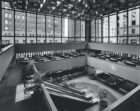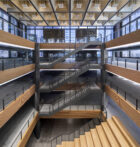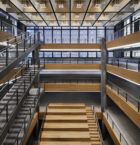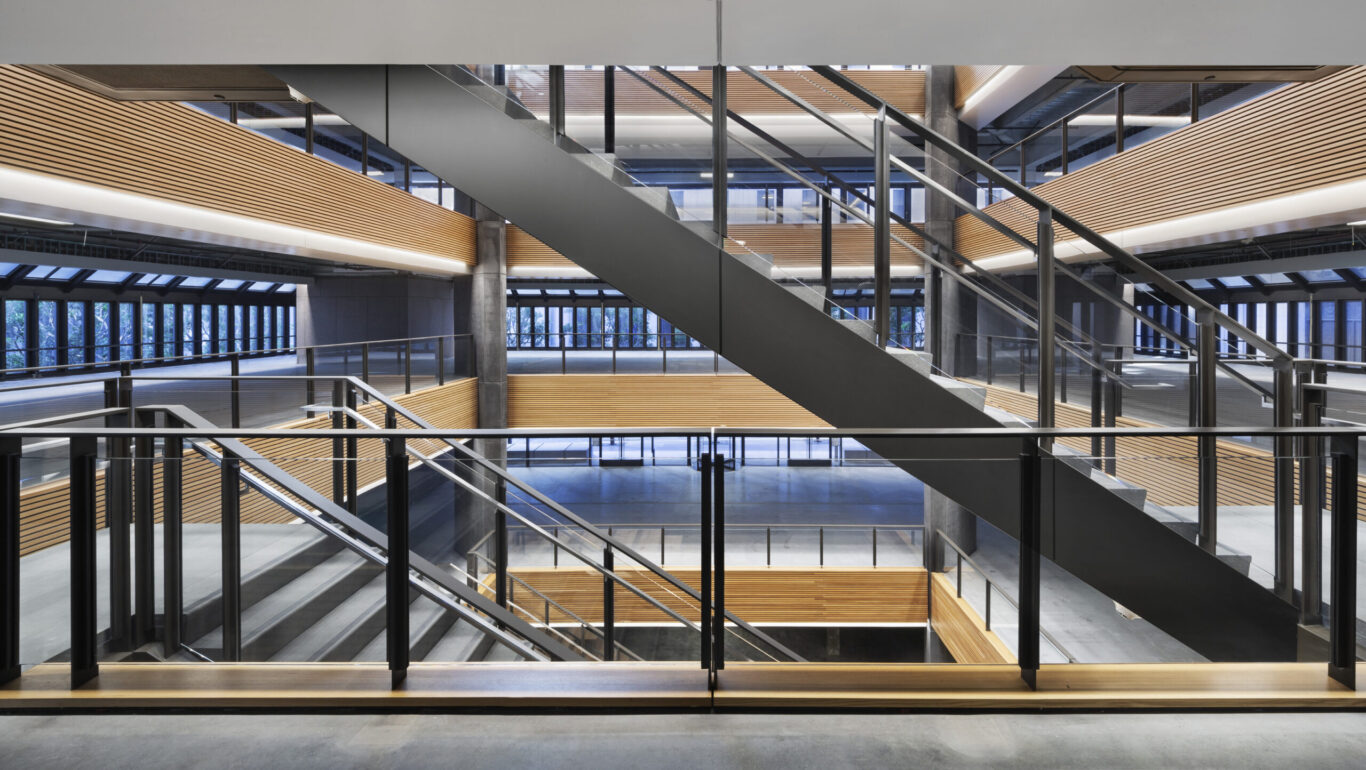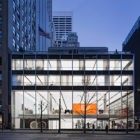Giving new purpose to a modernist gem
In 1971, SOM, Wurster, Bernardi & Emmons, and consulting architect Pietro Belluschi collaborated to design 345 Montgomery, the flagship banking hall for Bank of America. Situated on a sloped site in San Francisco’s financial district, the building shares a plaza with 555 California Street, originally designed as the bank’s global headquarters. Conceived in the tradition of the grand retail banking hall, yet executed in a distinctly modernist key, the building features a red Carnelian granite facade with glass windows that offer passersby a view of the soaring interior space.
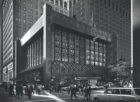
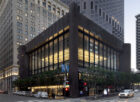
More than four decades after the building’s completion, as digital banking reshaped financial institutions, SOM was commissioned to reimagine 345 Montgomery to serve new uses. The renovation achieves a harmonious balance between honoring the past and embracing the future.
The building currently houses the Institute of Contemporary Art San Francisco, a non-collecting museum that explores social, political, and cultural themes through art. The nonprofit arts organization champions local and international artists, working to dismantle barriers in exhibition practices and advocate for equitable compensation. The project highlights the transformative impact of SOM’s design in supporting a thriving arts institution and fostering a creative environment for artists worldwide.
